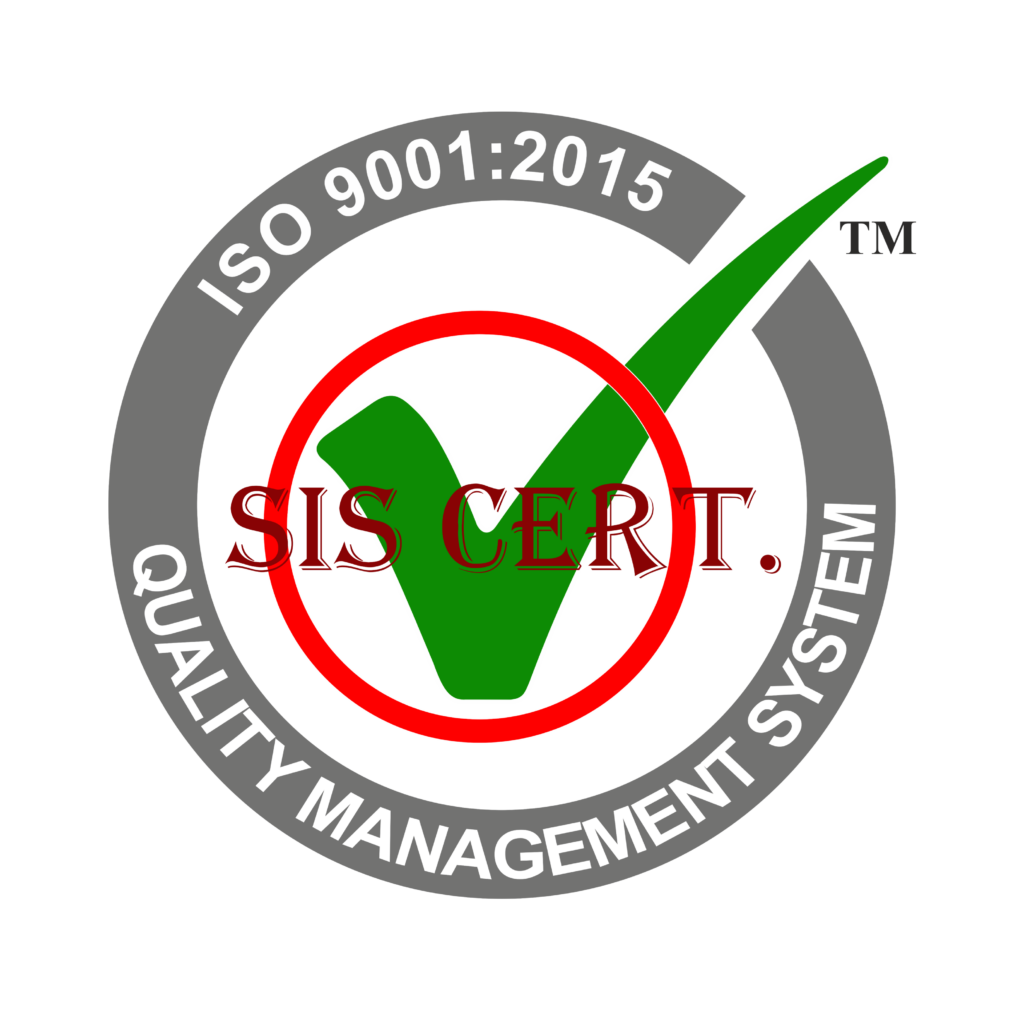In the ever-evolving industrial world, the stainless steel production process is no exception. With the latest advancements in technology, automation, and quality assurance, the stainless steel production process is now more efficient than ever.
We are here to explore how these improvements will lead to cost savings, energy efficiency, and provide an overall better quality of product.
Key Takeaways
- Automation has revolutionized the stainless steel production process, improving efficiency and precision.
- Advancements in metrology and cutting-edge technologies have increased the accuracy of stainless steel production.
- The development of new alloys has enhanced the properties and durability of stainless steel products.
- Quality assurance is an integral part of modern stainless steel production, ensuring that steel meets industry standards and customer expectations.
Latest Technology
Recent advancements in steel production technology have revolutionized the industry. Automation has been a major contributor to this progress, enabling a faster and more reliable production process. Manufacturers are now able to produce stainless steel with improved efficiency and precision. They can achieve greater levels of accuracy through improved metrology and cutting-edge technologies. The development of new alloys has also enabled manufacturers to produce stainless steel with enhanced properties and greater durability. With these improvements, manufacturers are able to reduce costs and create products that are more consistent and reliable. This has opened the door to new possibilities within the stainless steel industry.
Automation Benefits
Frequently, automation is a major contributor to the progress of the stainless steel industry, allowing manufacturers to produce stainless steel with improved efficiency and precision.
Automation has enabled manufacturers to reduce time, cost, and effort associated with the production process, while also providing a higher degree of accuracy and consistency.
Automation has enabled the production of high-grade stainless steel with fewer contaminants, allowing for increased durability and corrosion resistance.
Additionally, the ability to quickly identify and rectify problems in the manufacturing process has improved, due to the increased accuracy of automated systems.
Automation has also enabled the development of new and innovative products that can meet the specific needs of the customer base.
In short, automation has enabled the stainless steel industry to make great strides in terms of productivity and quality.
Quality Assurance
Building on automation’s role in improving the efficiency and accuracy of the stainless steel production process, quality assurance has become an increasingly important part of the production process.
Quality assurance helps to ensure that the steel produced is of the highest-possible caliber, meeting or exceeding industry standards and customer expectations. Steel manufacturers employ various methods to control and monitor the quality of the production process, such as using state-of-the-art measuring tools and testing techniques, as well as employing expert staff to supervise the production process.
Through a combination of these strategies, manufacturers are able to produce top-quality steel products while minimizing risk. Quality assurance processes are an integral part of modern steel production, ensuring that the steel produced is consistently of the highest-possible quality.
Cost Savings
Streamlining the stainless steel production process has enabled manufacturers to substantially reduce costs. By automating certain production steps and utilizing the latest technological advancements, companies have seen a marked decrease in their operational expenditures.
Additionally, modernizing the production process has resulted in higher quality and consistency of the finished product. Furthermore, developments in the steel industry have allowed for shorter lead times and increased production speeds, resulting in a cost-effective model for manufacturers and consumers alike.
Energy Efficiency
In addition to cost savings, modern steel production techniques have also made significant strides in energy efficiency. Innovative technologies have been incorporated to reduce energy consumption, such as using automated systems to control the steelmaking process. This results in improved operational efficiency, which allows for more efficient use of energy sources.
Additionally, the use of more efficient production equipment with advanced sensors and controls enhance the capabilities of steel production, while reducing energy consumption. Furthermore, the adoption of advanced process control systems allows for better monitoring and optimization of energy use in steelmaking.
As a result, energy-saving techniques are becoming more widespread in the steel industry, helping to reduce carbon emissions and overall energy consumption.
Frequently Asked Questions
How Does This New Technology Compare to Existing Methods?
This new technology offers improved efficiency and cost savings compared to existing methods. It provides more reliable and efficient production of high-quality stainless steel, resulting in greater cost-effectiveness and improved performance.
What Is the Environmental Impact of This Steel Production Process?
The newly developed steel production process has significantly reduced the environmental impact compared to traditional methods. This is due to decreased energy consumption and emissions, as well as increased efficiency and sustainability.
Is This Process Safe for Workers?
This process is designed to ensure the safety of workers, and is compliant with the latest safety standards. It is also regularly tested for safety, and any potential risks are monitored and addressed.
What Is the Estimated Lifetime of the Equipment Used in This Process?
The estimated lifetime of the equipment used in this process is high, providing reliable, long-term production. Innovative manufacturing techniques ensure that the equipment is of the highest quality, designed to perform reliably for years to come.
How Quickly Can This Process Be Scaled up for Large-Scale Production?
Scaling up this process for large-scale production can be achieved quickly due to its efficiency and innovative design. Innovative production techniques and cutting-edge equipment allow for increased output with minimal time and effort.
Conclusion
Recent advancements in steel production techniques have the potential to provide increased automation, quality assurance, cost savings, and energy efficiency.
These improvements can help manufacturers produce a higher quality of stainless steel while reducing the overall cost and environmental impact of production.
With the continued development of technology in this field, it is likely that the future of steel production will be improved even further.


